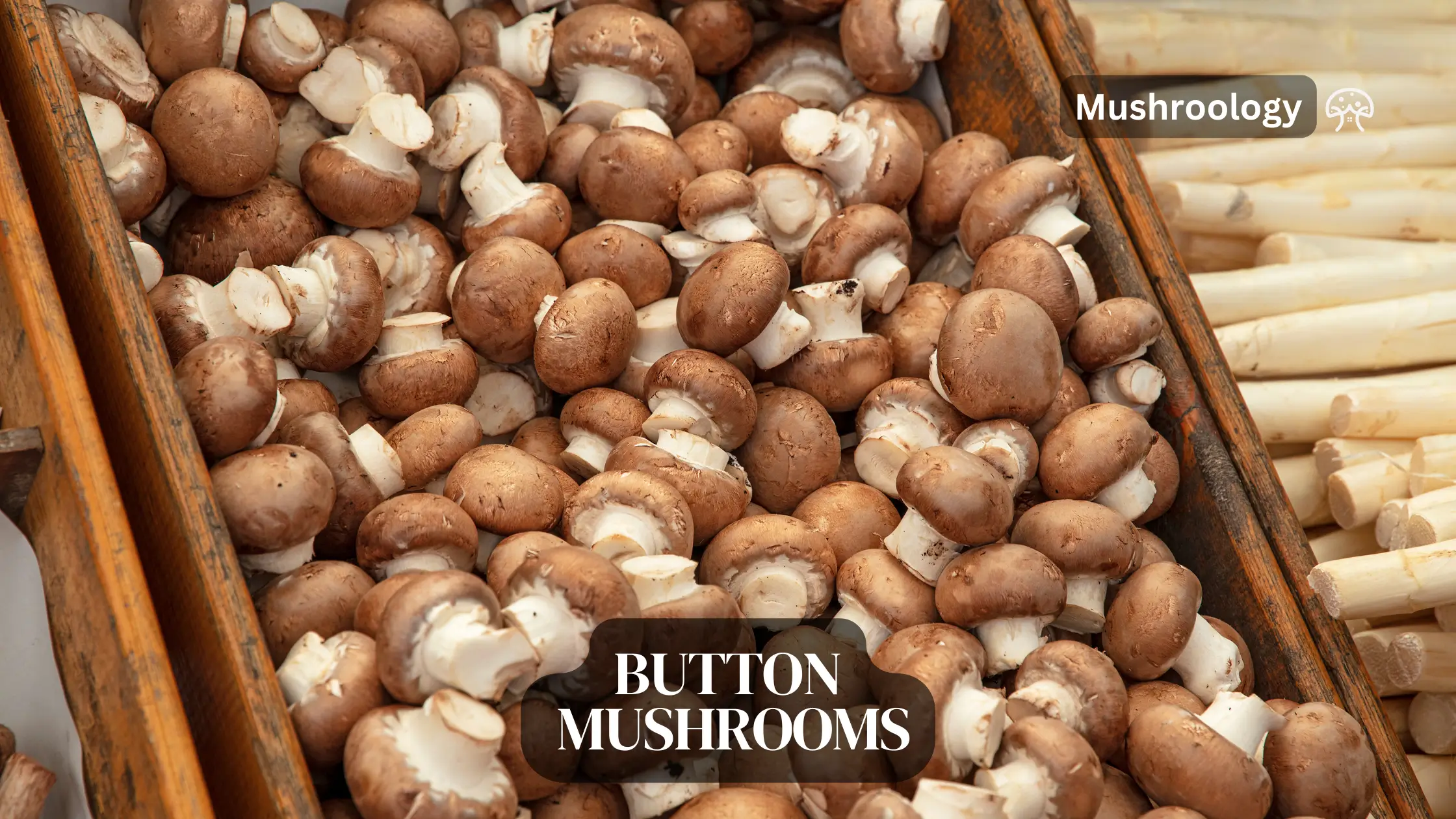If you’re a plant killer who can’t keep a succulent safe, try something even lower maintenance Still, there are plants that are so simple that they hardly demand anything other than the basics – the most extreme versions of which have evolved to be able to store water in their own bodies. ‘If you’re a baby-killer so that you can’t even keep a succulent safe, then try something even lower maintenance,’ said Gora. Plants with thick leaves or stems that store water require less attention than those that lack these benefits. Their bodies’ ability to retain lots of water means they can go longer between drinks.
Dieffenbachia (streaming swords) are famously one of the best houseplants for this, as they come in a variety of colours and readily adapt to the indirect light conditions of the home. Or try a snake plant, which develops wavy, bright-green leaves that can instantly make any space feel like a tropical paradise.
Succulents and Cacti
Succulents , with their water-storing fleshy leaves, come in different shapes and colours. Succulents are relatively low-maintenance and offer a good solution for those with little green thumb skill or no outdoor space.
Cacti and succulents differ from those plants that do not bolt or shed their leaves and never need watering because their photosynthesis happens via their stems rather than their leaves, and because their stomata close at the sun’s peak to prevent the loss of water in otherwise arid settings.
Then there are peace lilies; a low maintenance plant, which is quite easy to care for and will do well in most circumstances you throw at it. Ideal for a super-busy individual who needs a plant to survive periods of indolence, will show you when it needs watering by shrivelling up, and it also acts as an air-purifier – ideal for indoor grown plants in pots!
Peace Lilies
Peace lilies (Spathiphyllum) are one of the bestselling houseplants and make beautiful air purifying plants. Great for under windows or on balconies because of their opacity of their foliage, peace lilies have pale spathe flowers which bloom in spring and summer. They prefer filtered, bright light but dislike direct sunlight. They grow best at moderate temperatures with high humidity and need moderate upkeep.
This allows peace lilies to feel their roots are in constantly moist soil while avoiding waterlogging, which encourages root rot. The soils are low in organic matter, which slows down water evaporation and run-off. The roots of coastal plants must have access to air; let your pots breathe Water just enough that the top inch of soil has dried out.
Photo supplied by Tovah MartinApply a good quality but balanced houseplant fertiliser every six to eight weeks at a quarter the recommended strength during spring and summer growing season to ensure blooming. Flush between applications, as overfertilising will burn its large leaves and roots; flush with distilled or rainwater first before fertilising this type of houseplant to rid soil of salt build-up.
Succulents for Indoors
Succulents are great additions as houseplants, helping us green up our indoor spaces, while also gently removing air contaminants from our indoor environments. In order to thrive, succulents need bright indirect light and occasional watering; some of the more familiar varieties for indoor use include aloe vera, jade plant and Echeveria.
String of Pearls (Curio rowleyanus) is an easycare indoor succulent that shoots its green leaves in short strings, making a unique and bold statement when hung in a living room or gathered in a windowsill with indirect light.
And then there is the low-light option of Sempervivum’s ‘hen and chicks’, usually planted as groundcover but equally elegant in the home. Stemming from the dense succulent roots are the ‘chicks’, rubbery little leaves that sit on miniature stems, while the foliage comes in endless colours: for an edgy effect, try Sempervivum arachnoideum with its white filaments that give it an almost spidery appearance.
ZZ Plants
the ZZ plant (Zamioculcas zamiifolia) is a good choice for beginning houseplant enthusiasts – its laissez-faire care requirements allow it to be successful in almost all light and watering conditions.
It’s a drought-tolerant plant adapted to storing water in its thick, rubbery leaves and potato-like rhizomes, and it grows nicely in sunny nooks, watered only when the potting soil is dry.
Feed ZZ plants during their growing season with a balanced fertiliser, following the dilution and frequency instructions on the fertiliser’s label. Trimming any branches that interfere with daily tasks is easy using standard pruning techniques.
Snake Plants
Indoor snake plants (Sansevieria trifasciata), also known as the mother-in-law’s tongue plant, are very easy to take care of and cultivate. They naturally filter the air and are versatile enough to grow under various lighting conditions. Mother-in-law’s tongue is another example of a type of snake plant.
They handle long periods without watering, but will do best under bright indirect light; direct sunlight might scorch them; move to the shadiest window in summer, if outside, to keep them happy. Snake planTs need to be moved every three to five years when they fill the pot with roots; before planting, use a soilless potting mix and fertilise with half strength cactus/succulent fertiliser each month.
If you prune dead or damaged leaves, always cut them just above the soil line to make sure they don’t rot further, you can use ordinary sharp clean scissors.The process of how to propagate snake plants is simple, just take a cutting at spring or summer.





